This post may contain affiliate links, please read our disclosure policy.
If there are bubbles, does that make it champagne? Is champagne the same thing as sparkling wine? Is sparkling wine the same as prosecco? Discover the differences, all sparkling wines are not the same.
Is Sparkling Wine Champagne?
Is sparkling wine the same thing as champagne? Aren’t they both just wine with fun fizzy bubbles in it? Not exactly. There is a little more to it than just being a wine with fizzy bubbles in it so let’s take a minute and talk about the differences between sparkling wine and champagne.
Of all the hundreds of different kinds of wine, Champagne and sparkling wines offer a uniqueness not found in any other type of wine.
For starters, all dry table wines are appreciated primarily for their aroma and flavor profile. The first thing we do in enjoying these wines is to smell them, then taste them. Champagne and all other sparkling wines are different. Most people don’t even bother to smell them, it’s a visual experience. But when we taste Champagne, it’s primarily a textural experience as the bubbles dance around on our tongue.
So first things first, yes champagne is a sparkling wine, however not all sparkling wines can be called champagne. For a sparkling wine to be called champagne it must be made from grapes grown in the Champagne region in Northern France. Champagne is typically made from a blend of three different types of grapes grown in the region. These grapes are Pinot Noir, Pinot Meunier, and Chardonnay.
Champagne’s Uniqueness
Champagne, is made from an unripe fruit. The Champagne region is too far north and too cold to ripen the grapes from which its wines are made. The still wines used to make Champagne are called Clairette. They make terrible still table wine as their aroma and flavor profile is underdeveloped. But they make splendid sparkling wine! Many people assume that Champagne doesn’t have much aroma and flavor. This may be true of inexpensive tank-fermented sparklers and inexpensive Cava and Prosecco. But it is not true of carefully made Methode Champenoise wines.
Initially, the bubbles found in champagne bottles were thought to be a bad thing, understandably so when wine bottles start exploding around you. This was caused by the yeast being re-activated in the bottles when warm spring temperatures started, and this would cause too much carbon dioxide to build in the bottles until they exploded. Dom Perignon, a French Benedictine monk, grew up in the vineyards and his job in the monastery kept him in the vineyards and cellar. It was here that he perfected the methode champenoise wine production style.
To cause the secondary fermentation process the wine base is mixed with a liquer de tirage, a wine solution of sugar and yeast. After the secondary fermentation, the dead yeast is removed in a process where the upside-down bottles are turned little by little. When all of the lees have settled in the neck, the bottleneck is frozen and the temporary cap is removed. Once the cap is removed pressure in the bottle causes the frozen lees to shoot out, in a process called disgorgement. The small space left in the bottle from the removal of the lees is filled with liqueur d’expedition in a process called dosage, which will later determine how sweet the wine will be. Champagne must age for at least 15 months to remove the lees and 36 months for vintage champagne. That price tag is starting to look a little more reasonable, isn’t it?
What is Prosecco?
Prosecco is another type of sparkling wine that has everything to do with where it is made and the grapes that are used. Prosecco can only be called Prosecco if it is from the Veneto region of north-eastern Italy and is made from glera grapes. Prosecco is made through a process called the Charmat Method where a large quantity of wine goes through a secondary fermentation process in large stainless steel tanks. The wine is then bottled under pressure. Sparkling wines made via this method are not meant to be aged, they are best tasting when they are still quite young.
Frizzante Wines
Some wines, especially Italian and Portuguese whites, are made to have a very slight fizz. The French call these wines pétillant (their word for “fizzy”). You may not see the bubbles, but you will feel a little fizziness on your tongue. These really still wine with a little texture and are enjoyed like other dry table wines. They are made from fully ripe fruit and have distinct aroma and flavor profiles.
Old Habits Die Hard
Since fine Champagne is frightfully expensive, most of the sparkling wine we consume is of a lesser type—the kind that has a very little aroma to arouse our interest. We are inclined to enjoy it for its visual and textural features. The aroma and flavor are decidedly of secondary interest. But when we pour fine Champagne, many of us are inclined to treat it in the same way—enjoying its visual and textural qualities while ignoring its delicate aroma and flavor profile.
The Glass Is Key
No other wine type enjoys the enormous spectrum of styles, as does the Champagne glass. Originally said to be molded from the breast of Marie Antoinette (rather unlikely), the Champagne “coupe” enjoyed standard status well into the closing years of the 20th century and is still seen at many “Champagne brunches.” The wide and shallow coupe has been solidly discredited and has largely given way to the “flute.”
Flute shapes highlight the rising bubbles and best satisfy the visual appeal of sparkling wines. The best flutes have a tiny etched bottom that encourages the bubbles to form. They come in every conceivable design, and many designs feature arty elements that provide a splendid stage for the wine’s visual appearance. The flute has become the shape of choice for almost all lovers of sparkling wine. Almost—but not all. The dissenters are usually the makers of fine sparkling wine and wine lovers that have noticed the delicate elegance of aroma and flavor that great sparkling wines offer.
The Choice of Professionals
You may be shocked to hear it, but most wine professionals favor the aroma and flavor of the fine sparkling wine more than they enjoy watching the long rise of the tiny bubbles in the glass. They choose a standard white wine glass that highlights the true character of the wine. Our choice? There are a few wineglass shapes that blend the standard tulip shape with the flute shape. Such glasses are tall and somewhat slender, but are bulbous enough to allow some swirling and have the requisite inward curving lip. The best of both worlds!
There are many other different ways that sparkling wine can be made and it can be made with a variety of different grapes and grape blends. Sparkling wine has been growing in popularity across the globe even being used as a drink that will cleanse the palate in between courses of a gourmet meal. Far from just being used for special celebrations or mixing it with fruit juice to make a mimosa sparkling wine is really starting to come into its own.
Do you like sparkling wine? How about Champagne? Prosecco? Which is your favorite sparkling wine?
Be sure to follow Food Wine Sunshine on Facebook, Twitter, Pinterest, and Instagram for more wine tips and experiences, healthy recipes, and travel.
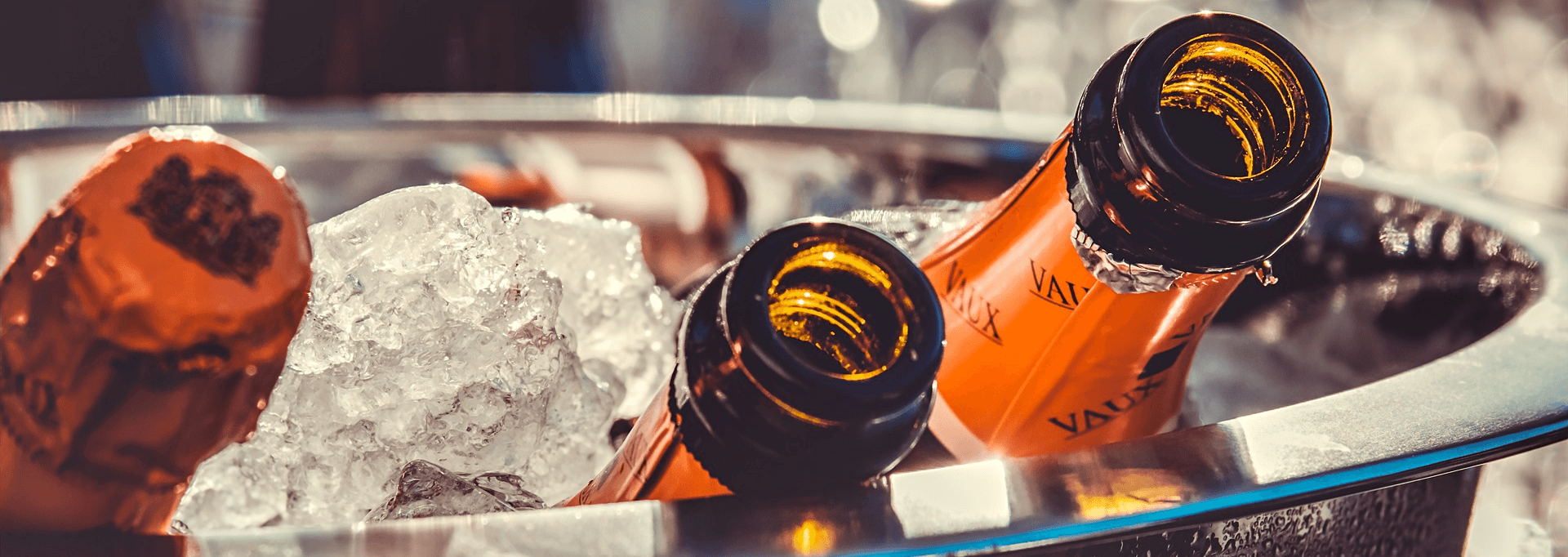
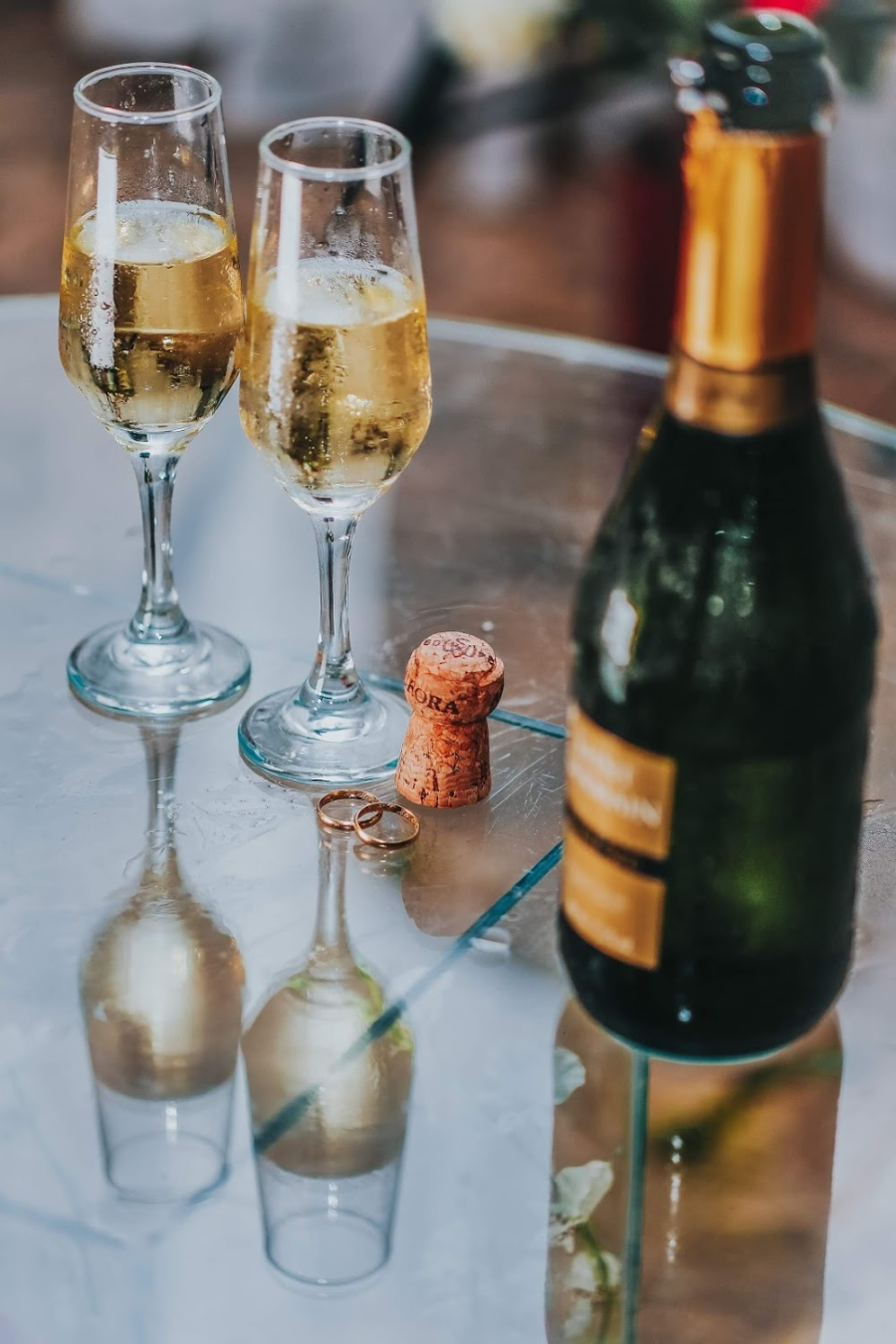
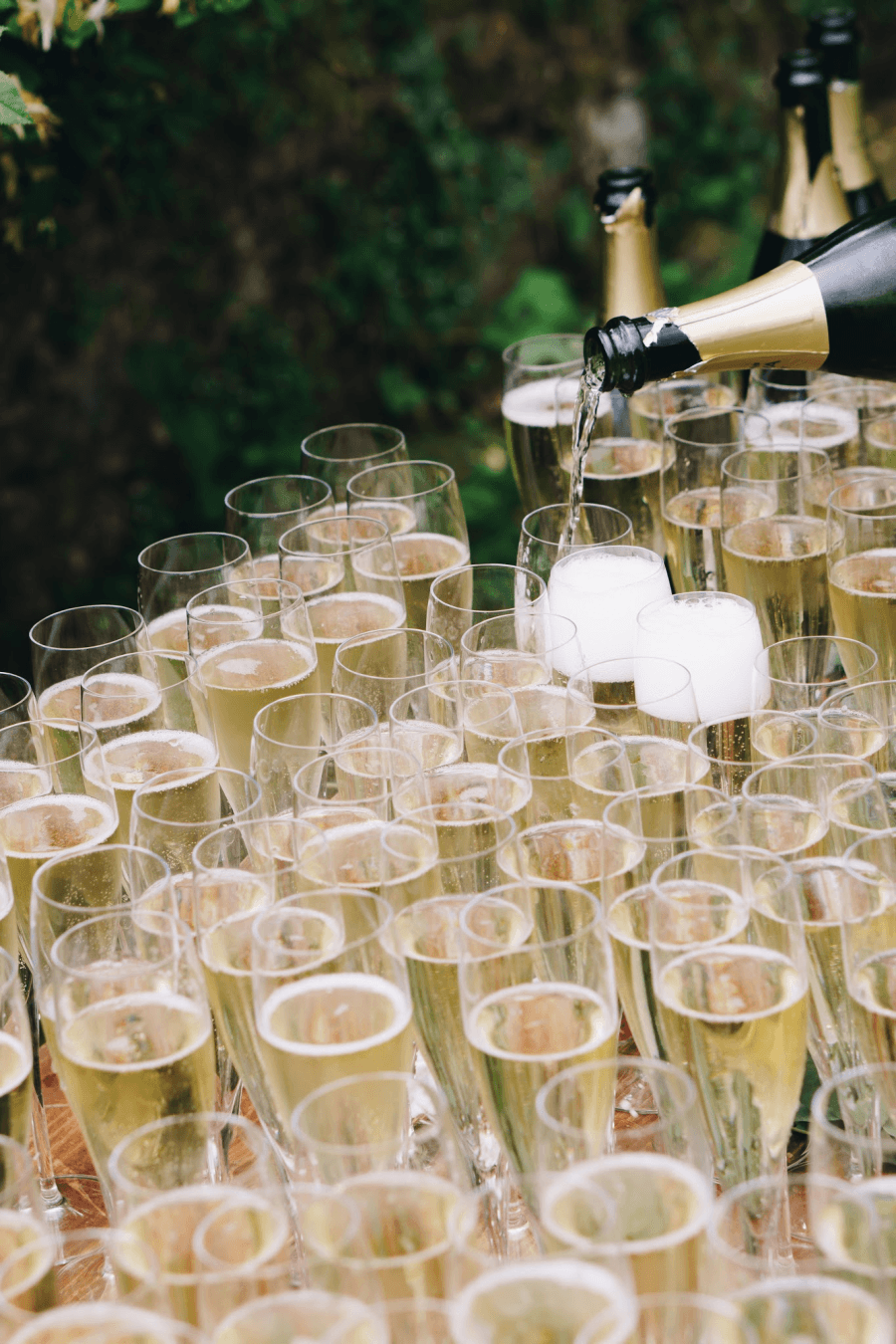
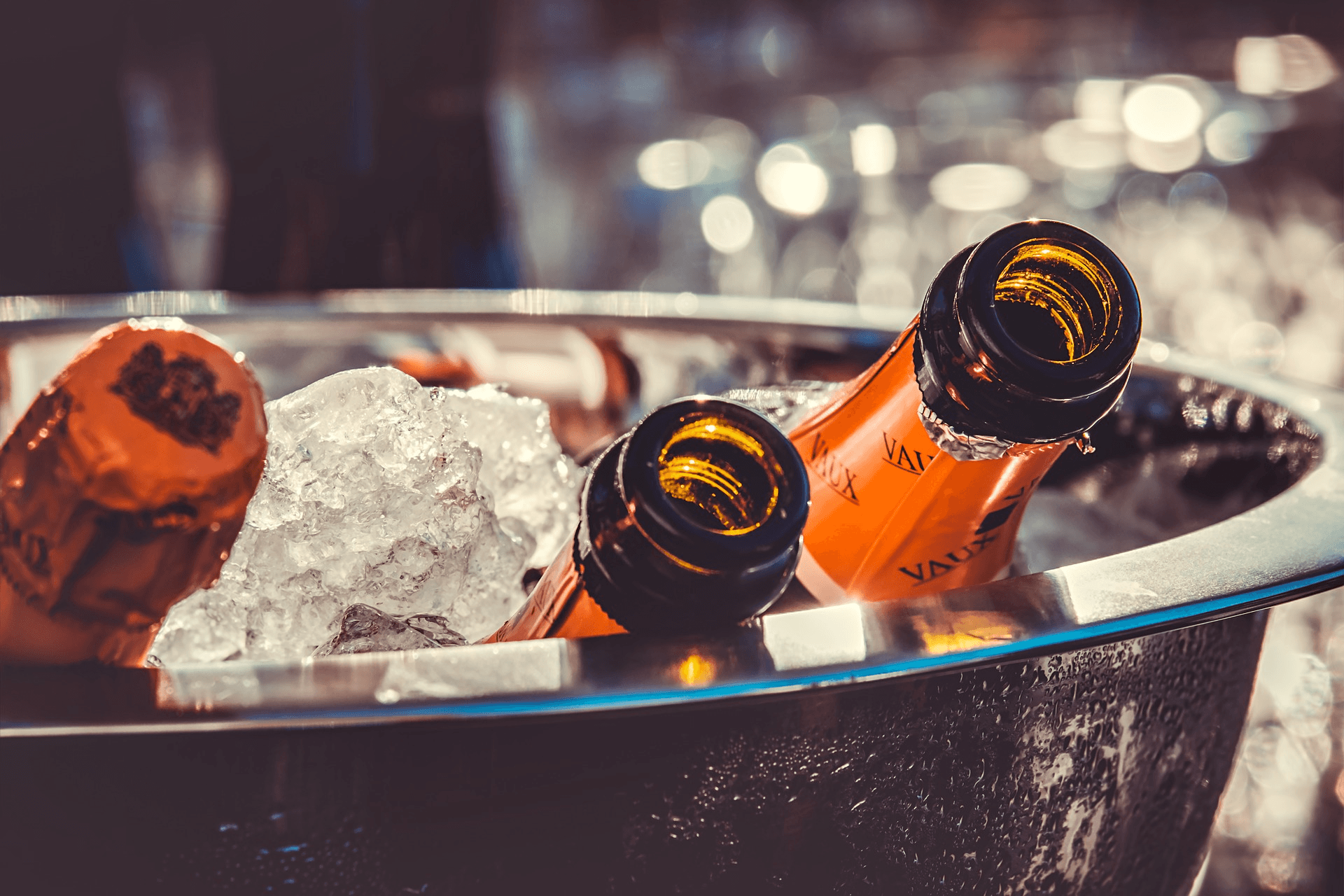
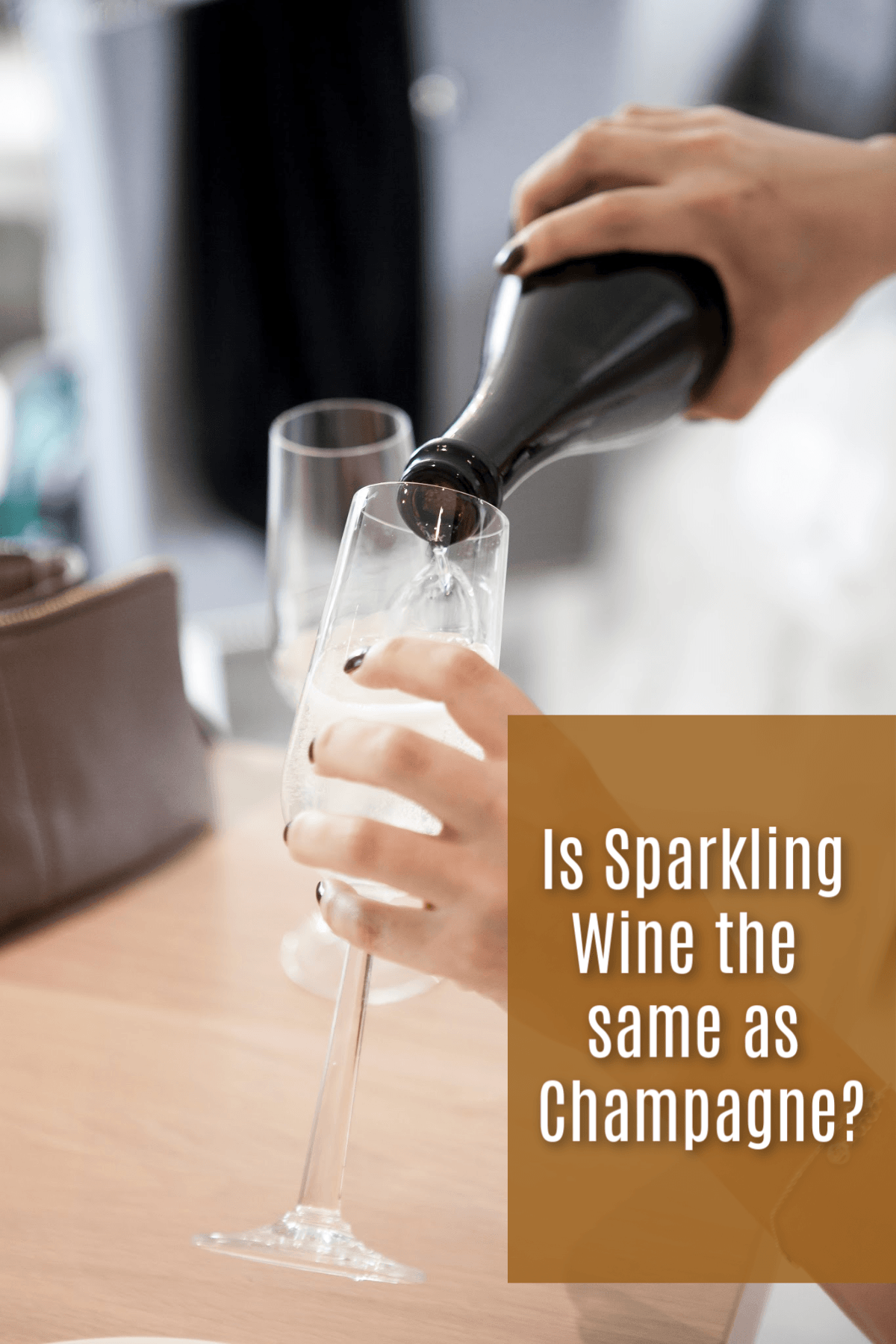
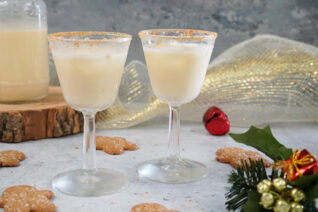
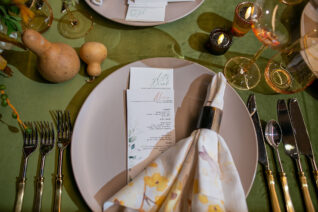
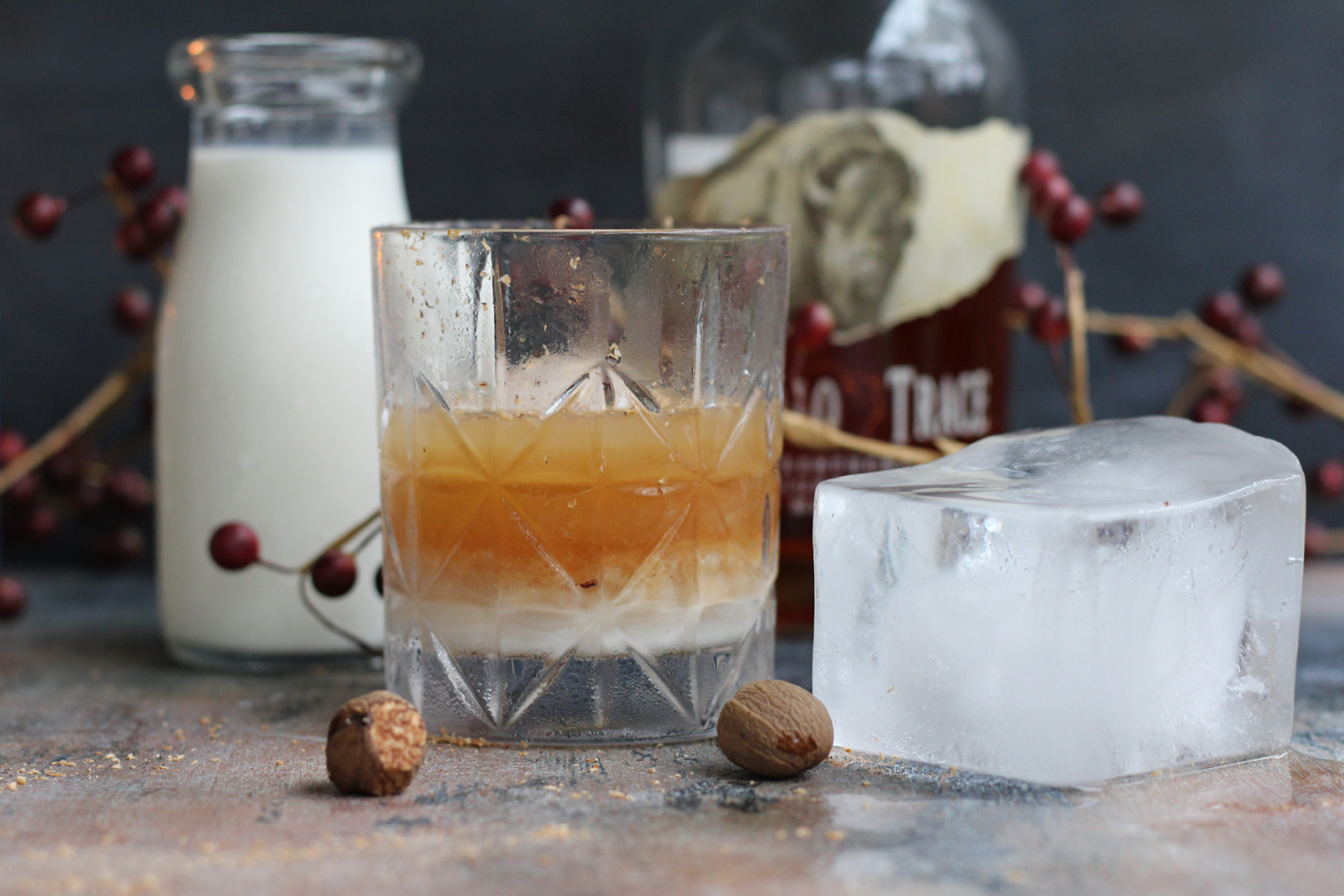
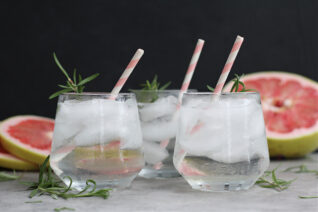

Sparkling wine harnesses that process of secondary fermentation and traps the carbon dioxide in the bottle. That is what causes the wine to fizz and sends it spraying all over racing drivers when they shake the bottle.